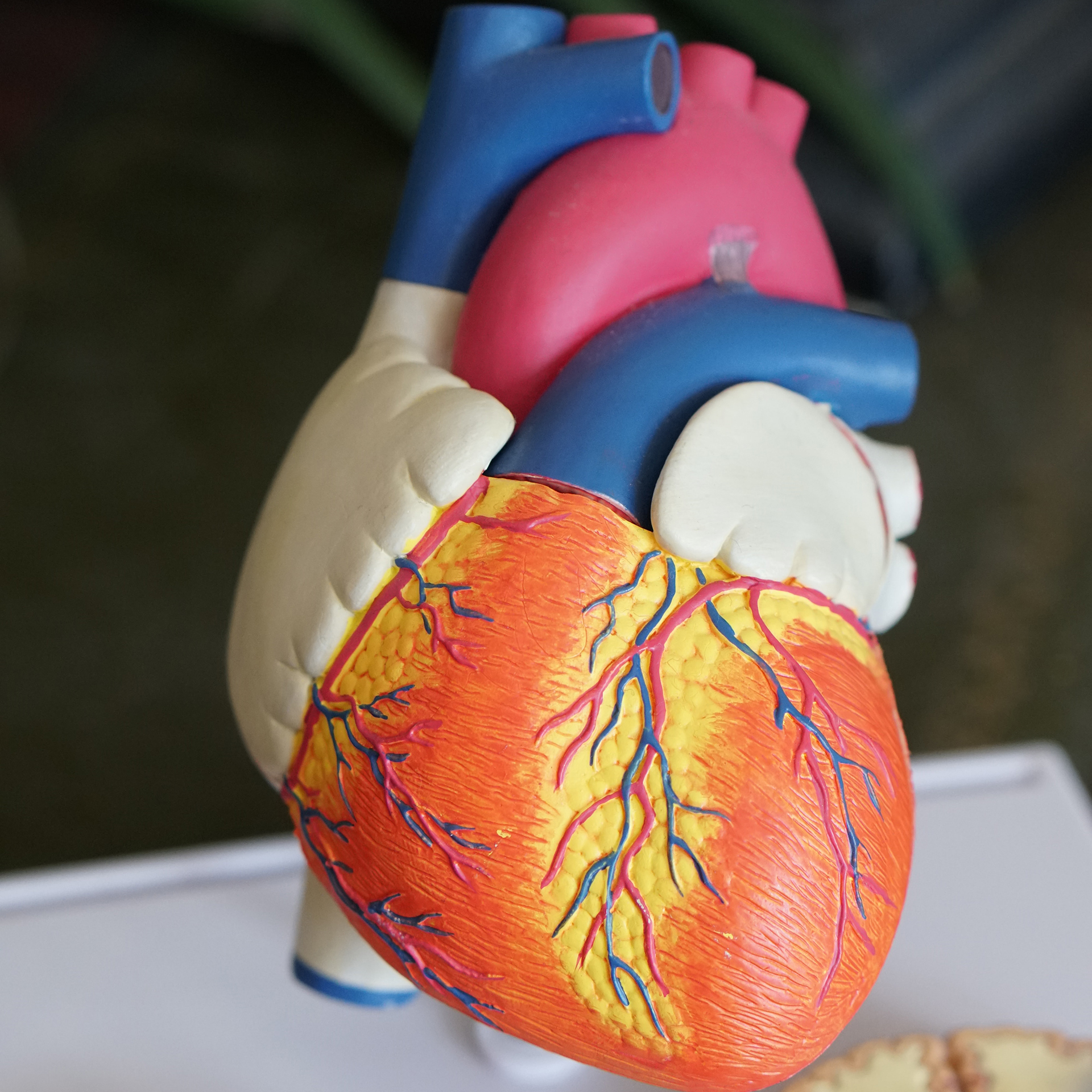By Dr. Shellie L. Rosen, DOM, L.Ac.
Vitamin E, also called tocopherol, is found in seeds, nuts, vegetables, oils, fish, poultry, and meats. This beneficial antioxidant can support immunity and fight cell damage from chronic illnesses and cancer. Often a well-rounded diet will provide the recommended daily dose of 15 milligrams (mg) per day. However, as we age, our digestive enzymes change, and absorption of things like Vitamin E can become sluggish. Read on to learn the best sources of dietary Vitamin E, tricks to absorb it best, and what researchers are doing with water-soluble versions to fight novel pathogens!
When Vitamin E is in proper supply, it benefits cellular function, immunity, cardiovascular health, the eyes, skin, and hair. Vitamin E helps the brain by delivering antioxidants to cells and improving vascular health. It is also being researched for its potential to prevent memory loss. Vitamin E tocotrienols are antioxidant and anti-inflammatory; they decrease C-reactive protein (CRP) and proinflammatory cytokines. To bump up your dietary Vitamin E, consider wheat germ, a portion of wheat discarded during flour processing. Wheat germ oil packs a whopping 20 milligrams (mg) of Vitamin E per tablespoon; this is more than any other source, hands down! Next in line is almonds with 7 mg for every 23 nuts or 4 mg of Vitamin E per cup of almond milk. Atlantic salmon has 4 mg per fillet, and half an avocado offers 1.3 mg of Vitamin E.
For folks with digestive disturbances or gastrointestinal imbalances, vitamin absorption is likely an issue. Before supplementing, consider the enzyme “lipase,” which helps metabolize Vitamin E. The body relies on fat to absorb Vitamin E. Fat-rich foods with lipase such as avocado, walnuts, and coconuts, are valuable components to maximize dietary Vitamin E. Another critical factor to consider is that Vitamin E is fat-soluble and stored in body fat, which means that excess supplementation can lead to toxicity. Only supplement if you present signs and symptoms of a deficiency or if your lab tests indicate a need. In the case of Vitamin E, being aware of a shortage can benefit several body processes, especially the health of the eye and retina. Proper Vitamin E can prevent cataracts and loss of vision due to age.
Research currently under peer-review suggests that a water-soluble form of Vitamin E may synergize with viral treatments that include Remdesivir to inhibit SARS-CoV-2 replication directly. Water-soluble Vitamin E, or tocopheryl succinate polyethylene glycol (TPGS), is a unique form of Vitamin E. TPGS is used to treat severe Vitamin E deficiency and conditions such as celiac or short-bowel syndrome. TPGS has a different mechanism of action than food-based fat-soluble Vitamin E but looks like a promising and potentially safe vitamin therapy to amplify the efficacy of Remdesivir. For those looking to use any form of Vitamin E supplementation, it is best to seek medical advice first. Analyzing lab data before beginning a new form of supplementation will illustrate a need for specific nutrients. Labs will offer a baseline record for comparison if supplementation is advised. In 2015 the American Journal of Clinical Nutrition published research suggesting that high cholesterol triglycerides (lipids/fats) may bind circulating Vitamin E. Vitamin E caught up in blood lipids may not reach tissues. Make sure you work with a medical provider that can untangle mysteries with you in your lab work to determine first a diet and then possible supplementation to help you achieve optimal health and immunity. Abundant blessings! Dr. Shellie L. Rosen, DOM, L.Ac.
Journal references:
- Harrod K, et al. Water-soluble tocopherol derivatives inhibit SARS-CoV-2 RNA-dependent RNA polymerase. bioRxiv, 2021. doi: https://doi.org/10.1101/2021.07.13.449251, https://www.biorxiv.org/content/10.1101/2021.07.13.449251v1
- G. Traber, S. W. Leonard, G. Bobe, X. Fu, E. Saltzman, M. A. Grusak, S. L. Booth. -Tocopherol disappearance rates from plasma depend on lipid concentrations: studies using deuterium-labeled collard greens in younger and older adults. American Journal of Clinical Nutrition, 2015; DOI: 10.3945/ajcn.114.100966














